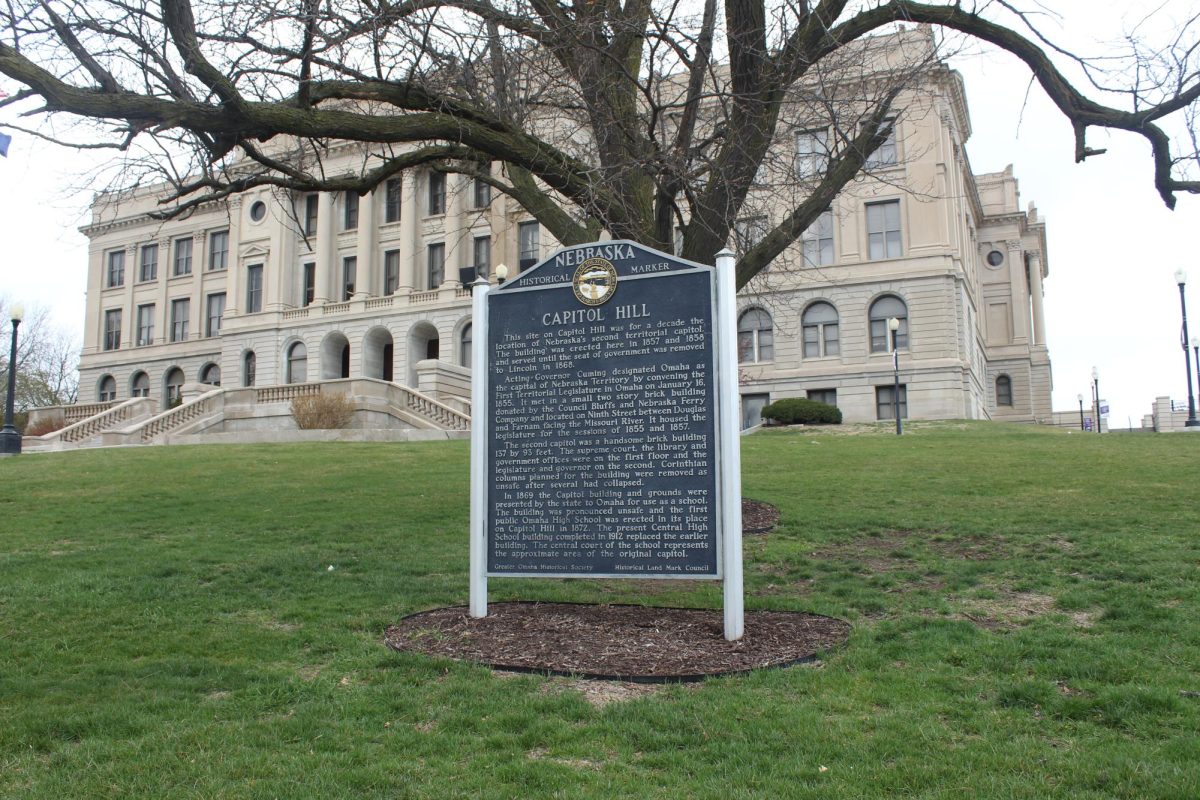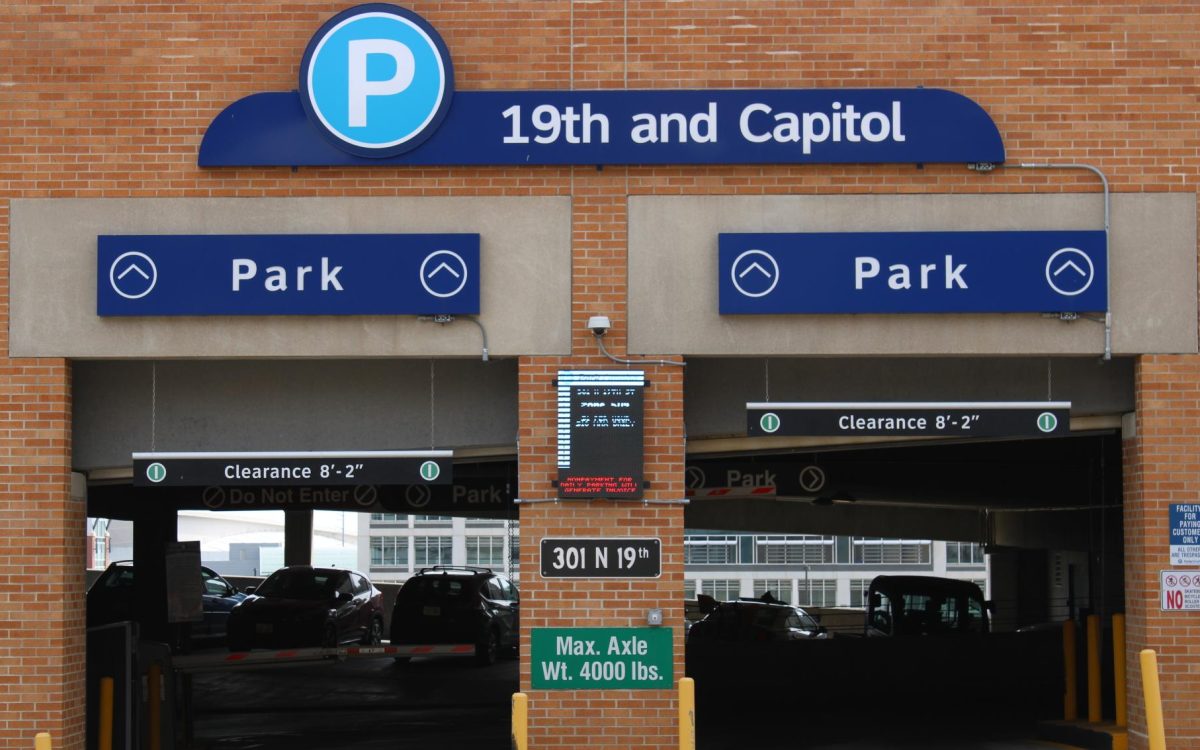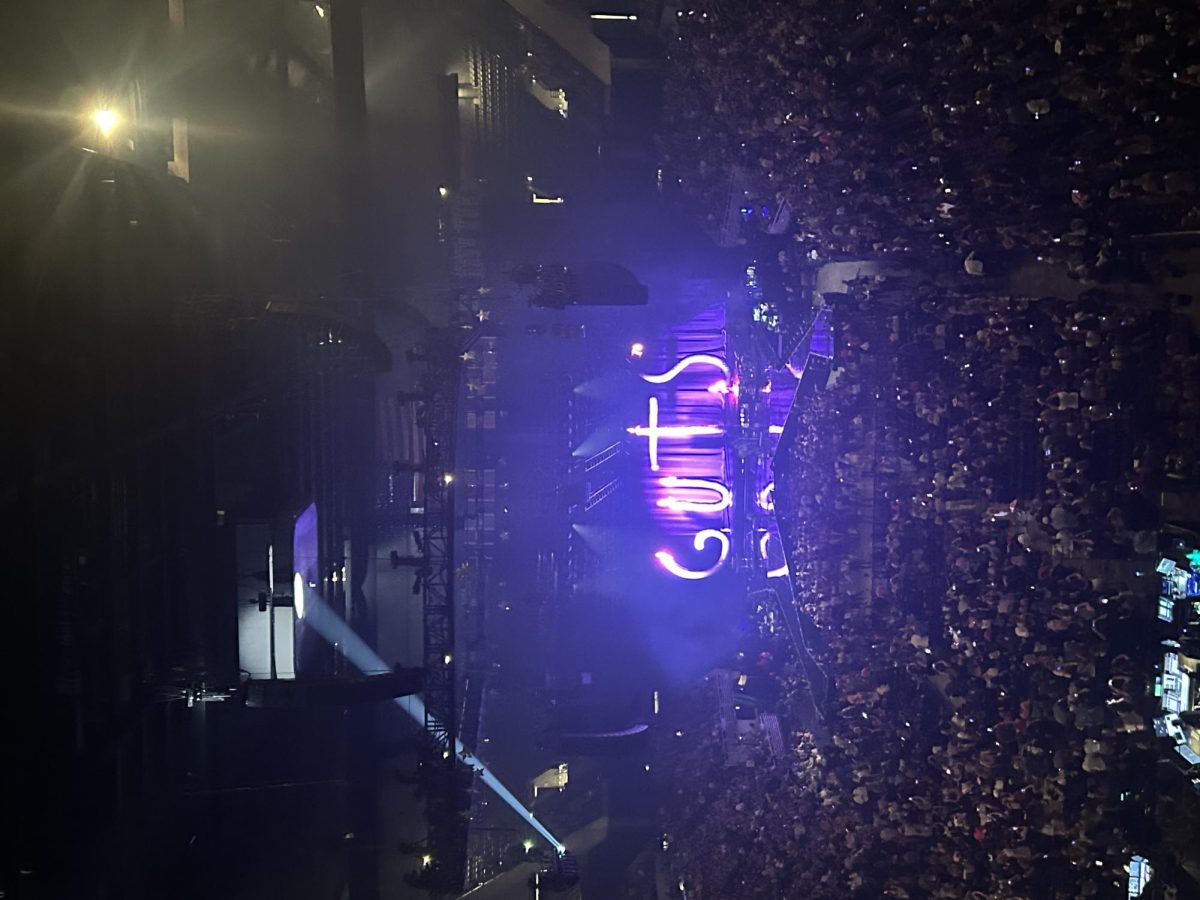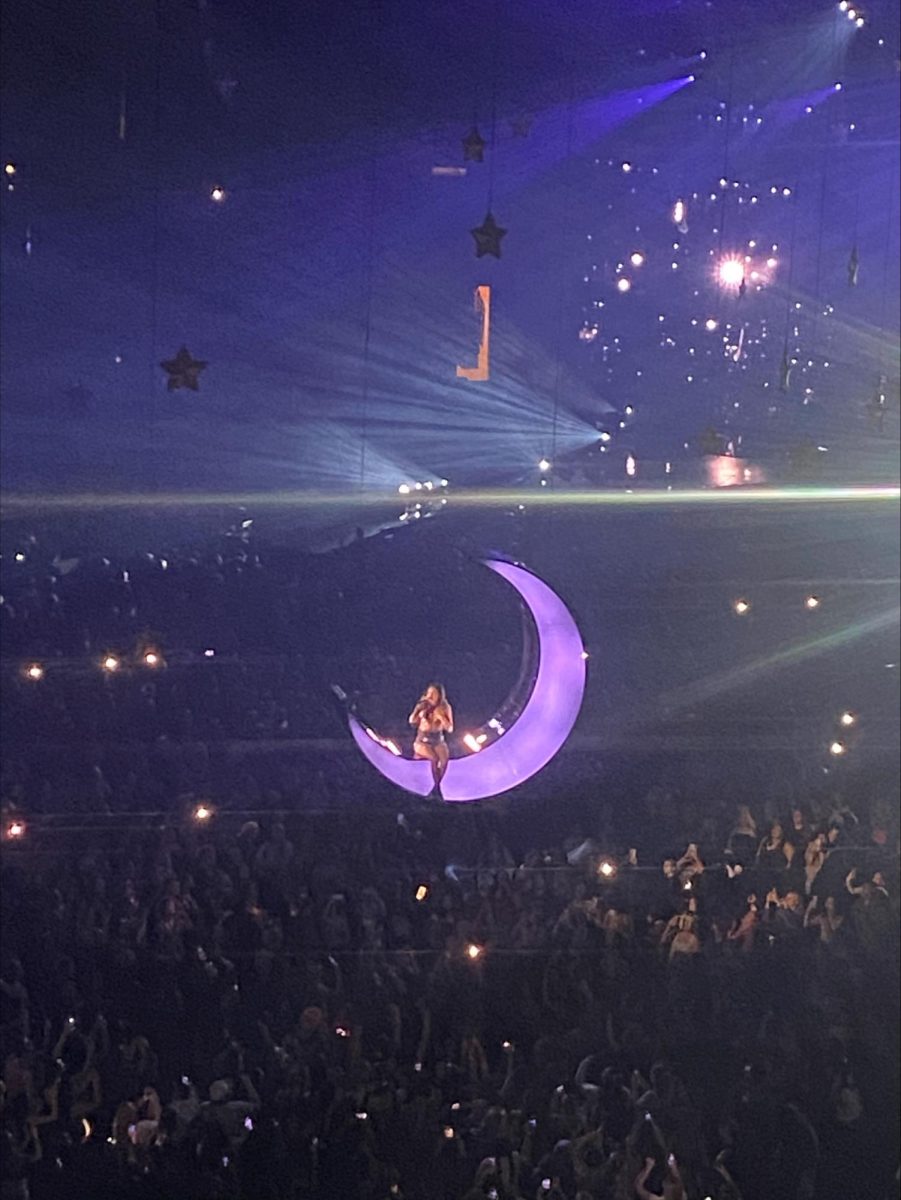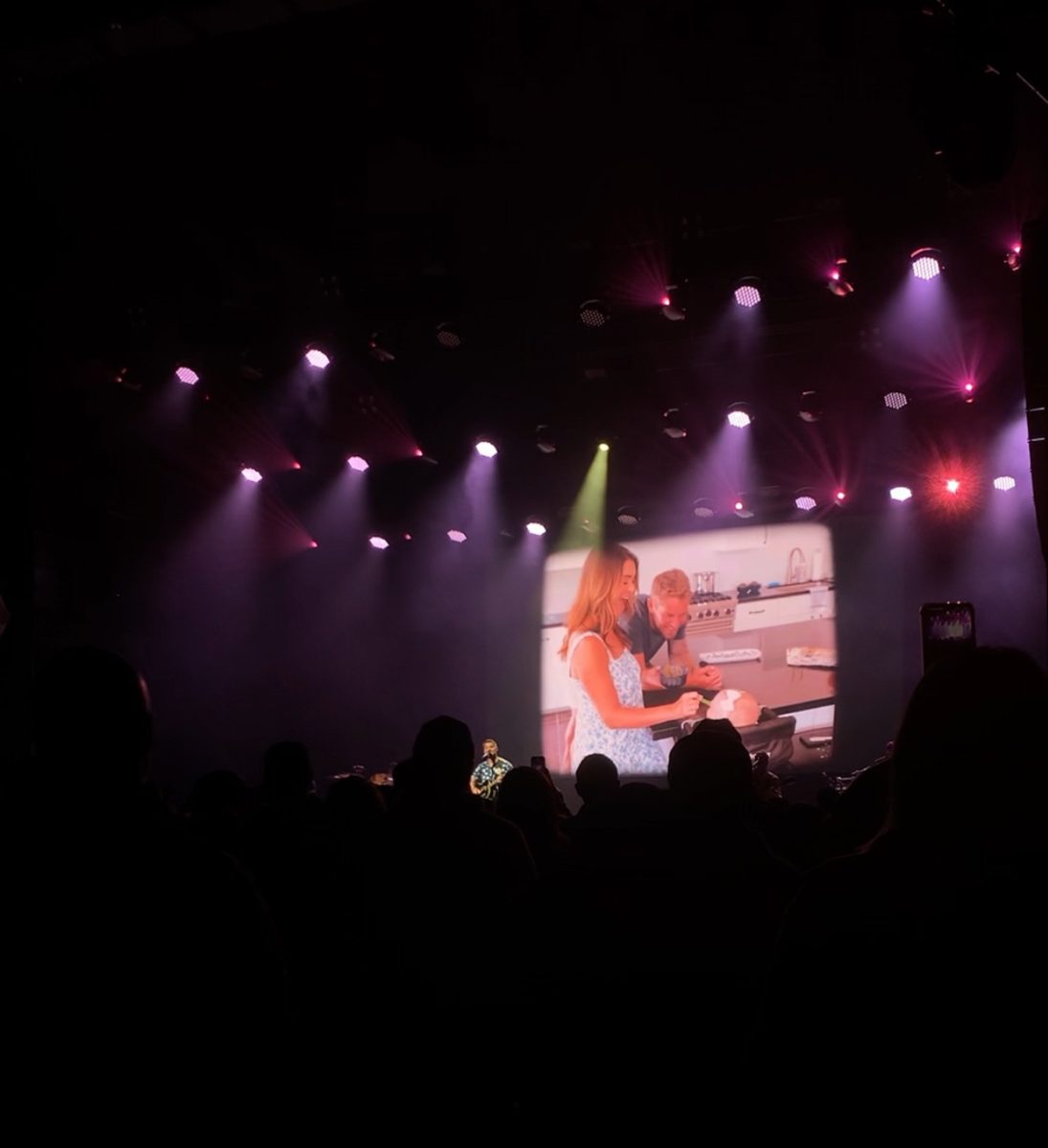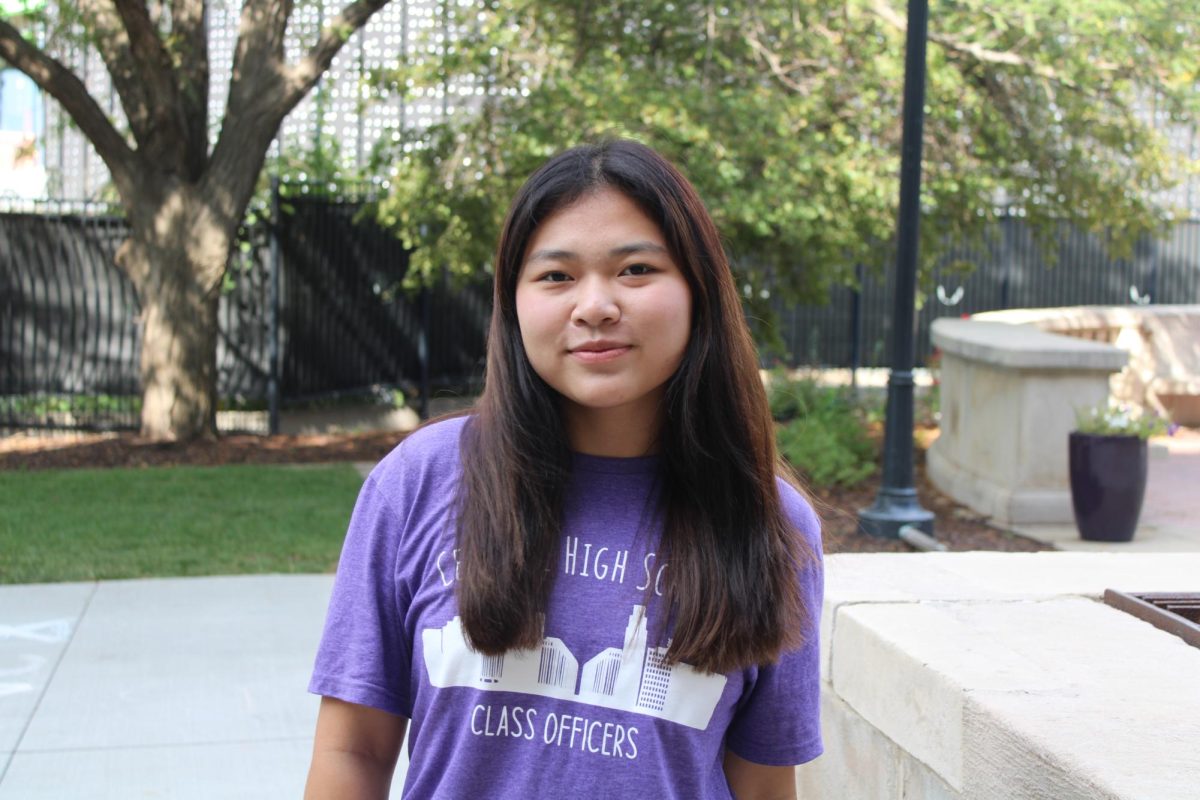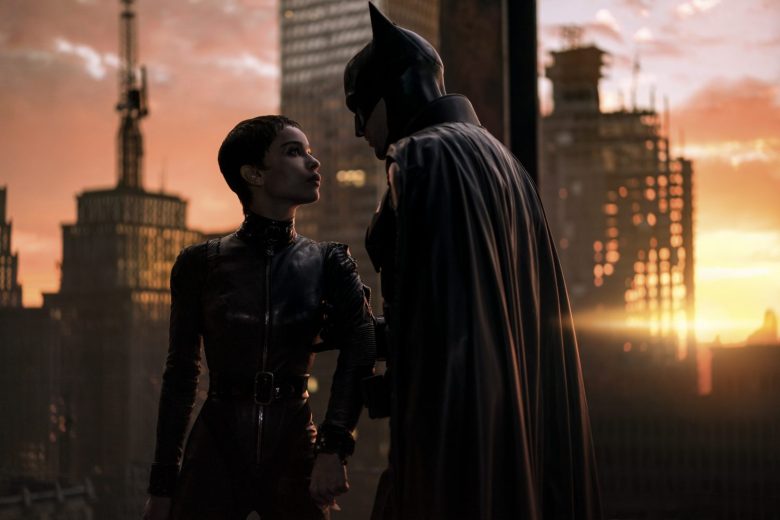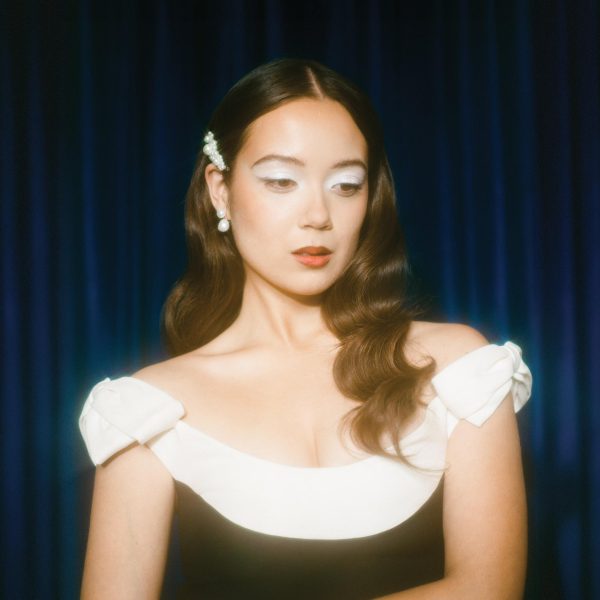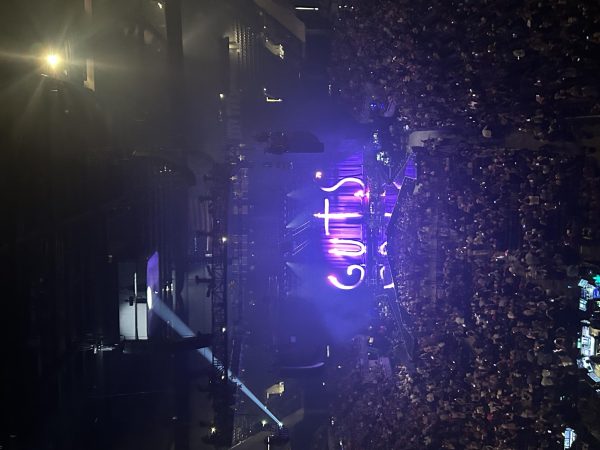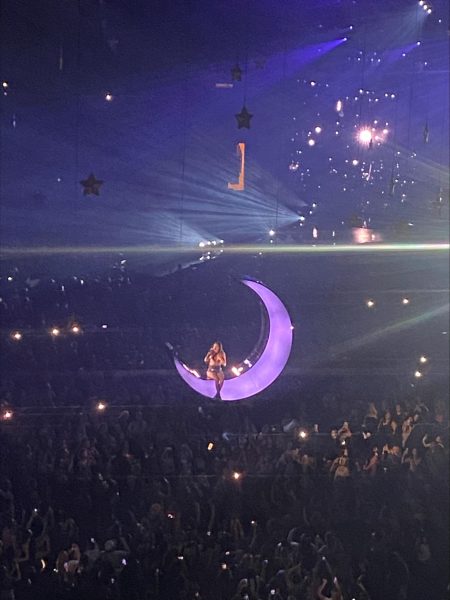Enter the haunting world of ‘The Batman’
Matt Reeves’ take on the caped crusader is a crime thriller masquerading as a superhero movie
In the eighty years since Bill Finger and Bob Kane’s creation first burst onto the comic book page, Batman has evolved into such a mainstay of popular culture that it has become all too easy to overlook the absurdity inherent in the character. Take just one moment to sincerely ponder this concept: A boy witnesses his parents be mercilessly gunned down in an alleyway, and his reaction to this unthinkable trauma is to dress up in a bat costume and prowl the streets at night fighting crime? It is a premise laced with the tragic heroism that makes the character so enduring, but the decision itself is downright psychotic. If there is a fatal flaw in Christopher Nolan’s largely masterful “Dark Knight” films, it is that his radical attempt to ground the character in Bush era America caused the inclusion of this grown man in a rubber bat suit altogether to appear farcical. In contrast, the most eminent virtue of Matt Reeves’ “The Batman” is the reckless ardor with which it embraces the grim psychosis of the titular character, portraying a hyper-tortured Bruce Wayne whose personal hell is reflected back at him from the living nightmare that it is Gotham City.
The labyrinthine depth of the comic book mythology surrounding the dark knight has long supplied the filmmakers bestowed with the momentous task of translating the character to silver screen with a plethora of stories to draw inspiration from. Tim Burton, Christopher Nolan, and Zack Snyder looked to Batman comics of the 80s and 90s while devising their interpretations of the character, citing seminal works of the era such as Alan Moore’s “The Killing Joke”, Jeff Loeb’s “The Long Halloween” and Frank Miller’s “The Dark Knight Returns” as key influences. But Matt Reeves’ take on the caped crusader harkens back further to the noir-driven exploits of the character during the comics of the 70s, and in the process, crafts the first cinematic iteration of Batman that lives up to the moniker of “World’s Greatest Detective”. The film picks up the week after Halloween, as Batman investigates the gruesome murders of city officials by a serial killer known as the Riddler. The more he learns about the secrets of the victims of this crime spree and about the identity of the killer, the more he uncovers about a deep-seated corruption that has been festering in Gotham’s highest political offices for decades, a rot in the city that runs so deep, even the Wayne family is wrapped up in it.
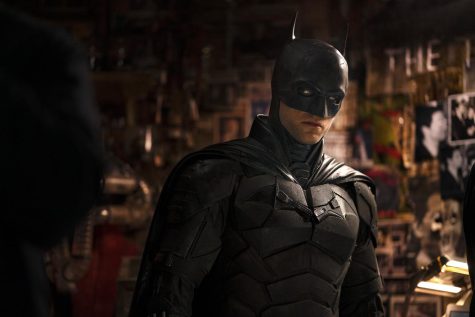
For those unfamiliar with his work outside of the “Twilight” films, allow me to let you in on a little secret: Robert Pattinson is a committed, sublime actor. His morose portrayal of Bruce Wayne strips away any vestige of the charismatic playboy persona that the character usually embodies while not brutalizing street gangs, leaving behind an afflicted social recluse who appears to feel most comfortable when he applies his ebony eye makeup and dawns the cowl. Yet Pattinson’s appropriately austere performance cannot entirely make up for the often paper thin characterization, as the character’s implied psychological depth never receives the thorough exploration it warrants. These quandaries are seen even more distinctly in Andy Sirkus’ Alfred, a competently acted smattering of uninspired mentor character traits whose strained dialogue exchanges with Patterson lack much in the way of vivacity. The dramatic antidote for this contrived mentorship is the dynamic between the caped crusader and a fierce Catwoman, brought to life magnificently by Zoë Kravitz. Jeffery Wright also swiftly cements himself as a stellar Jim Gordon as he aids Batman in his investigation of this unorthodox serial-murder case. Furthermore, Paul Dano is appropriately chilling as the Riddler and Colin Farrell is unrecognizable as the Penguin under the many layers of prosthetics adorning his visage.
As indebted as “The Batman” is to the bleak tonality of the Nolan trilogy, it marks a subtle but significant departure from its predecessors in terms of stylization. Where Nolan’s obsession with brutalist utility and Zack Snyder’s insistence on sterile intensity served to fashion Batman films that felt firmly grounded in modern-day America (both directors’ versions of Gotham were simply a slighter more dower looking Chicago), Reeves painstakingly crafts an aesthetic that supplements the characters’ distorted psyches with a noir setting as dark as Scandinavia in the dead of winter and as rain-soaked as the Amazon in spring. Accompanied by Michael Giacchino’s wonderfully ominous score, this Gotham is dripping with resolute artifice, a ghastly retro-modern megacity buried under the weight of a perpetual crime wave. The darkness of the narrative is made pervasive and literal, filling every crack and crevice of the frame not illuminated by a flickering lightbulb or a police searchlight. And I love it dearly. Since the widespread adoption of digital cinematography by big budget filmmakers, I have had a persistent gripe with the lack of properly balanced color contrast in many modern blockbusters. Through slow learning and sheer laziness, some filmmakers began removing proper black values when color grading their films, and the inevitable result of this is dull, washed out imagery. The apotheosis of this regrettable phenomena is the Marvel Cinematic Universe, whose muddy digital intermediate makes their films about as visually appealing as staring at a slab of concrete for two and a half hours. Shot digitally on the Arri Alexa, the same camera Marvel utilized when filming 21 of its own superhero extravaganzas, the color grading and contrasts in “The Batman” at times comes across as a deliberate refutation of the visual homogeneity of the modern blockbuster: The dynamic blacks, the potent reflections, the manner in which soft light spills into the corners, I found it all to be deeply effecting.
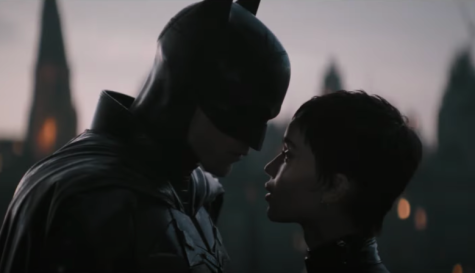
This interpretation of the dark knight feels like the tidal wave caused by the runaway box office success of Todd Phillips’ “Joker” crashing ashore, ushering in a new era in which films based upon comic book characters are no longer constrained by a vain attempt to replicate the storytelling rhythms of Marvel Studios, which I never found especially compelling to begin with. “The Batman” is a crime thriller masquerading as a superhero movie, one with more in common with the cinematic work of David Fincher than with DC’s recent slate of blockbusters. Yet, the more this procedural unfolds, the less interesting it becomes. By the time it reaches the overstuffed third act, the half-baked corruption plot at its center begins to bog down the narrative in its flawed design as it lacks the meticulous layered intrigue of the noirs that inspired it. If there is a silver lining to the overlong finale, it is the thoughtful introspection it offers into the caped crusader. Bruce Wayne’s decision to fight crime dressed as a bat, ludicrous though it may be, is justified by the lore of the character as necessary to strike fear into the hearts of Gotham’s criminals. But the ethos this film puts forth posits that fear is not enough, that substantive change can only be achieved by inspiring hope in the citizens of Gotham City, not merely horror in wrongdoers. In this way, “The Batman” accomplishes a feat that Marvel has not managed in years: It made me excited for the future of superhero cinema.
Your donation will support the student journalists of Omaha Central High School. Your contribution will allow us to purchase equipment and cover our annual website hosting costs.
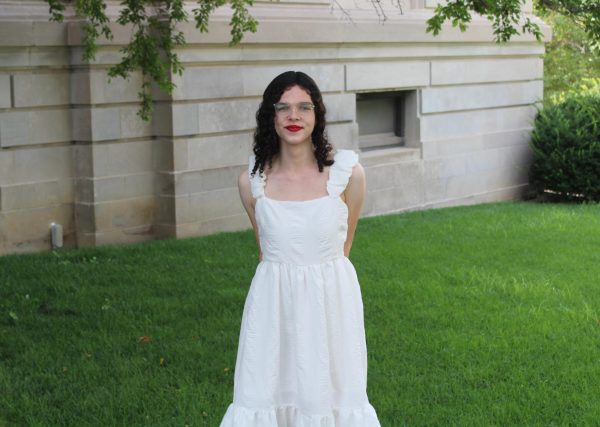
Hello Register readers! I am Jane McGill, and this is my third and final year at The Register. I served as Executive Editor, editing The Register’s...


